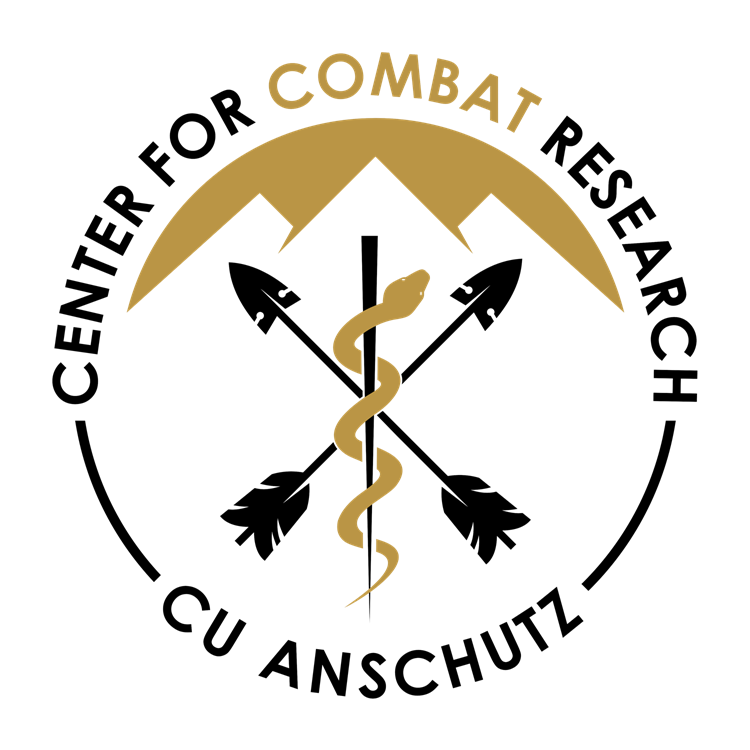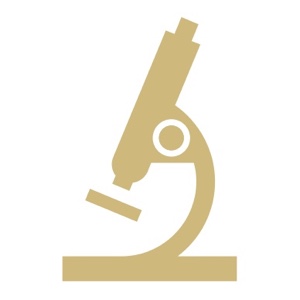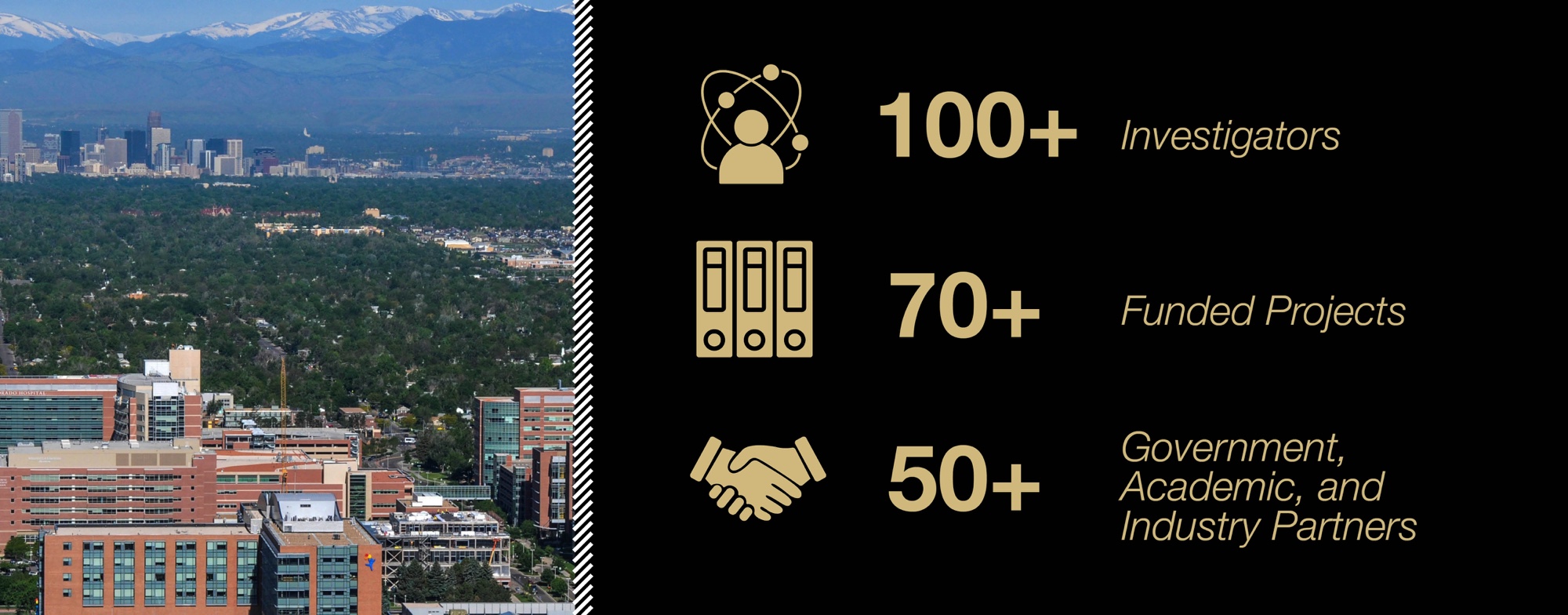CU Anschutz Lecture Series Showcases Breakthroughs in Military Medicine
Learn more about the Firearm Injury Prevention Initiative led by Emmy Betz, MD. Video courtesy of the Defense Health Agency.
Follow the CU Center for COMBAT Research on LinkedIn for the most updated news on research, education, and collaboration efforts!
Learn more about the Strategy to Avoid Excessive Oxygen (SAVE-O2) trials led by Adit Ginde, MD. Video courtesy of the Defense Health Agency.





